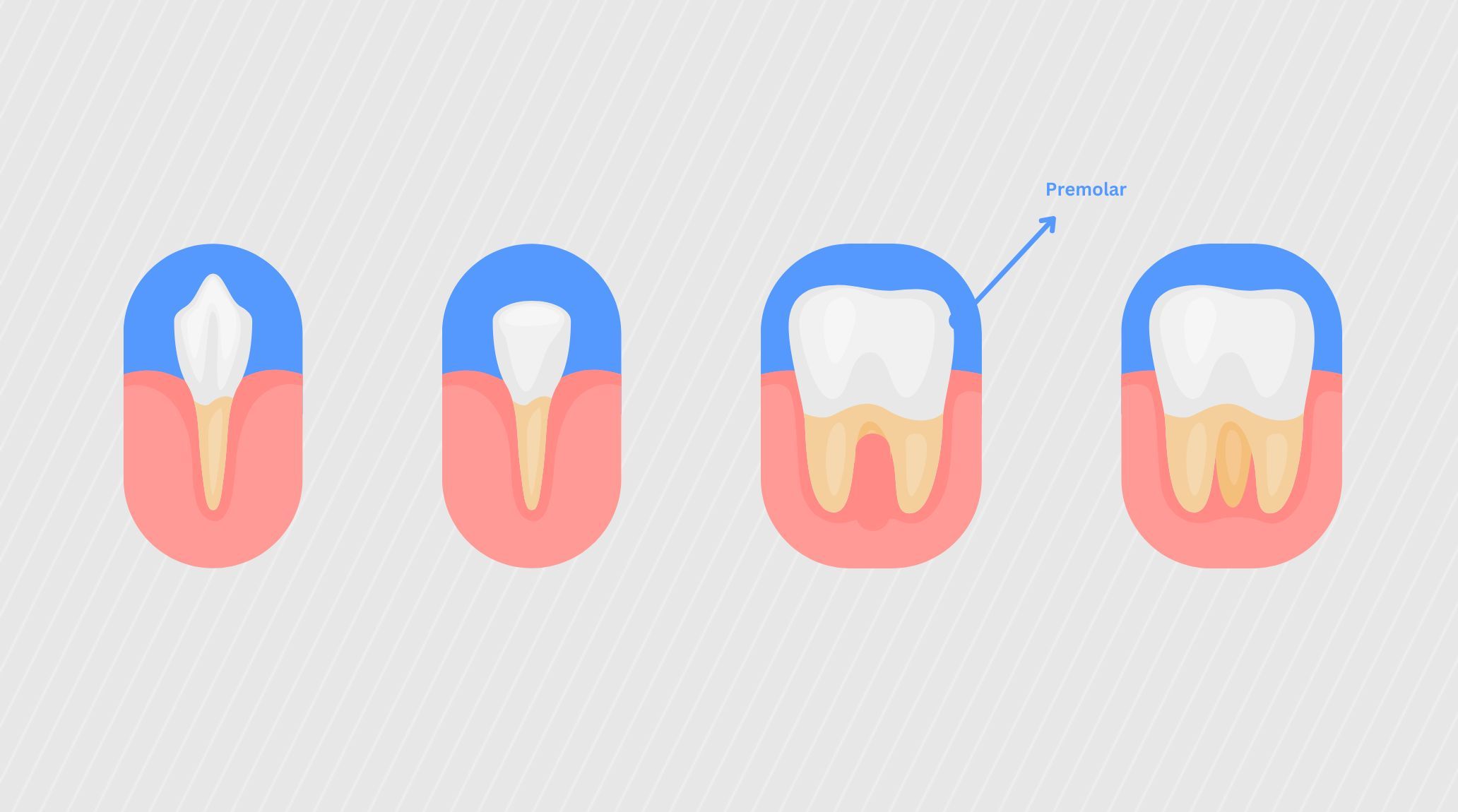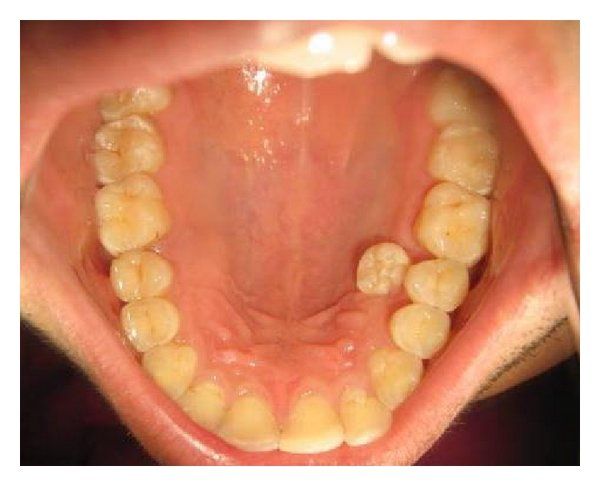
“
Premolars are vital to our dental health, bridging the gap between canines and molars. This blog delves into Amazing Facts About Premolars, uncovering their unique functions, structure, and fascinating characteristics. From their role in chewing to their distinct features, we present 20 Amazing Facts About Premolars that highlight their importance and complexity. Whether you're curious about dental anatomy or just interested in learning more about these critical teeth, this blog provides an insightful look into why premolars are genuinely remarkable.1
1
”
Adults usually have eight premolars, four on the top and four on the bottom. These teeth are crucial for efficient chewing, helping break down food, and they play a key role in bite alignment and overall oral function.1
Premolars, also known as bicuspids, have two or more cusps for grinding and tearing food. They are positioned between the canines and molars, providing a crucial function in chewing and breaking down food before it reaches the molars.2
Unlike incisors, which have a single cutting edge, premolars have a broader surface with multiple cusps. This design helps them crush and grind food into smaller pieces, aiding in the digestive process before swallowing.3
Premolars typically begin to erupt between the ages of 10 to 12, replacing the primary (baby) molars. This transition plays a crucial role in accommodating the growing jaw and preparing the mouth for the emergence of permanent adult molars.4

Some people have a rare condition known as "supernumerary premolars," where extra premolars develop beyond the usual set. These additional teeth can cause overcrowding and may require removal to maintain proper alignment and function.
Premolars are integral to a balanced diet as they break down fibrous and tough foods. Without properly functioning premolars, chewing efficiency decreases, which can lead to digestive problems and a preference for softer foods.5
The upper premolars generally have two roots, while the lower premolars typically have one. This root structure helps anchor the teeth securely in the jawbone and supports their role in heavy chewing tasks.6
Studies show that the size and shape of premolars can vary greatly among individuals and populations. These variations can affect overall dental health and are a key focus of research in understanding human dental diversity.7
Premolars have a unique enamel pattern that can be used in forensic identification. The specific characteristics of enamel patterns can help identify individuals, making premolars valuable in legal and investigative contexts.8
The first premolars are often the most prone to dental issues, such as cavities and wear, due to their location and function. Regular dental check-ups are crucial to maintain their health and prevent potential problems.9
The eruption of premolars is a significant milestone in dental development. Their appearance marks the transition from primary to permanent teeth and is a key indicator of oral health and growth in children and adolescents.10
In some cultures, premolars are subject to unique cosmetic practices, such as dental embellishments or modifications. These practices reflect cultural values and personal aesthetics, showcasing the diverse approaches to dental care around the world.11
Research has found that premolars can show signs of stress or nutritional deficiencies through specific wear patterns or enamel defects. These indicators provide insights into an individual's health and lifestyle throughout their life.12
Premolars are sometimes affected by dental disorders like dental hypoplasia, where the enamel does not form properly. This condition can lead to an increased risk of cavities and requires special dental care to manage.13
Premolars are less likely to be affected by orthodontic issues compared to other teeth, due to their positioning in the mouth. However, they still play a significant role in overall dental alignment and function.14

Premolars are believed to have evolved from the simpler tooth structures of early mammals, adapting over time to become more specialized for different diets, including herbivorous and omnivorous feeding patterns.
The arrangement of premolars can vary among different individuals, leading to variations in the dental arch shape. This can impact overall bite and alignment, highlighting the importance of personalized dental care.15
Due to their functional importance, premolars are often the focus of dental procedures such as fillings, crowns, and root canals. Their unique structure may necessitate specialized techniques during treatment.16
In various cultures, premolars have been associated with beauty standards. For example, some traditions view gaps between the premolars as attractive, leading to intentional modification.17
Genetics significantly influence the shape, size, and number of cusps on premolars. Certain individuals may inherit specific traits that predispose them to various dental anomalies and unique dental characteristics.18


